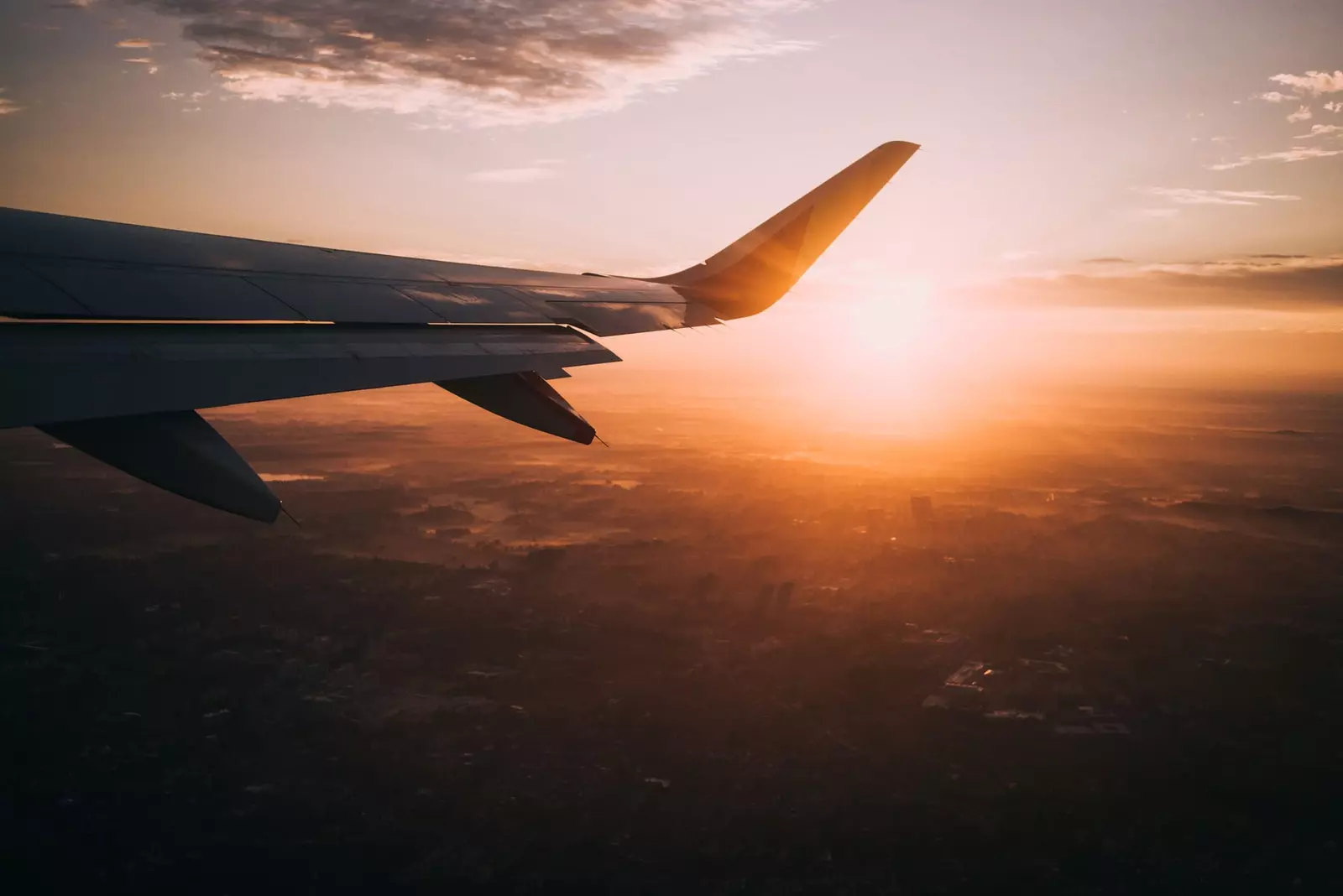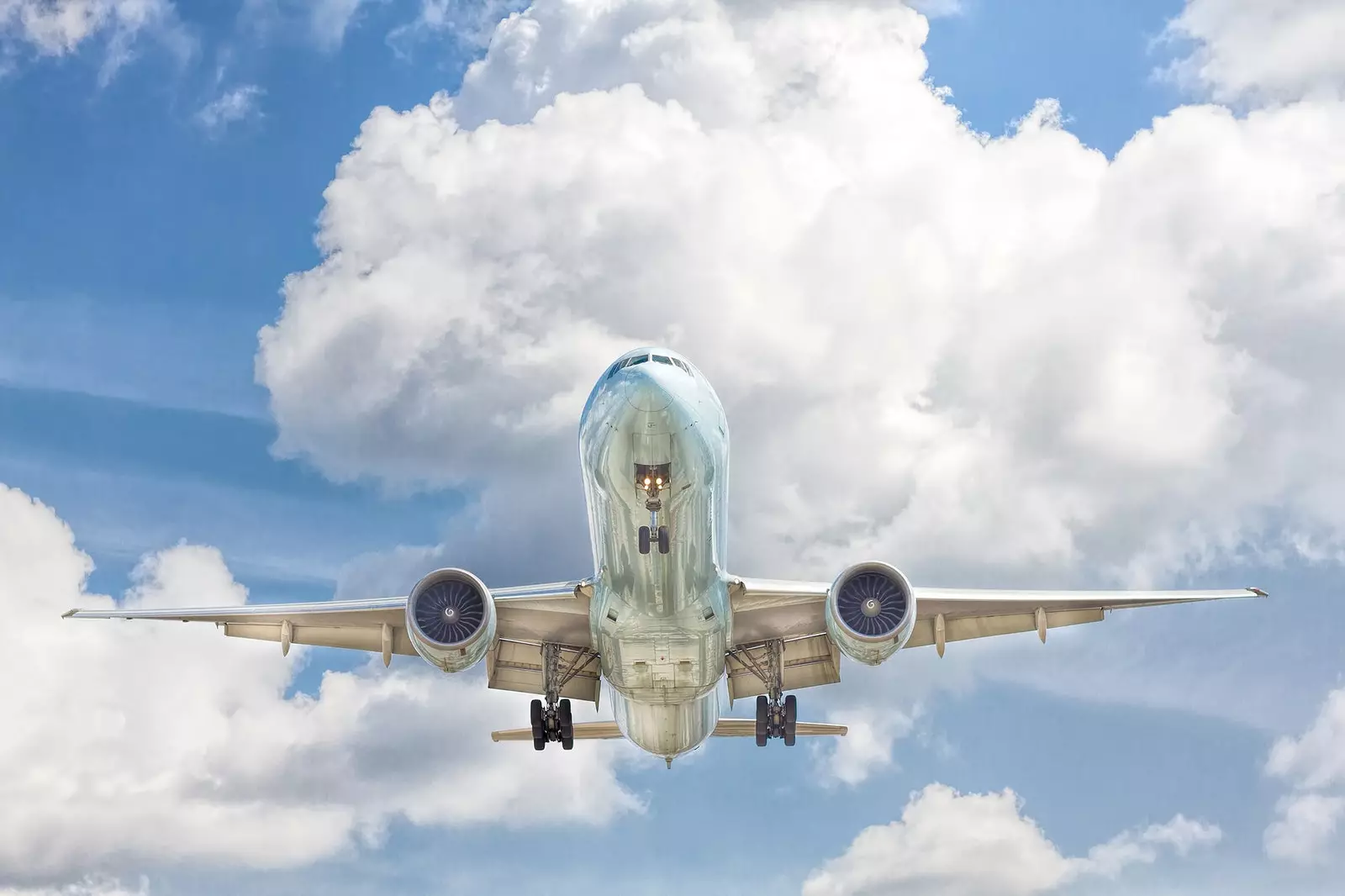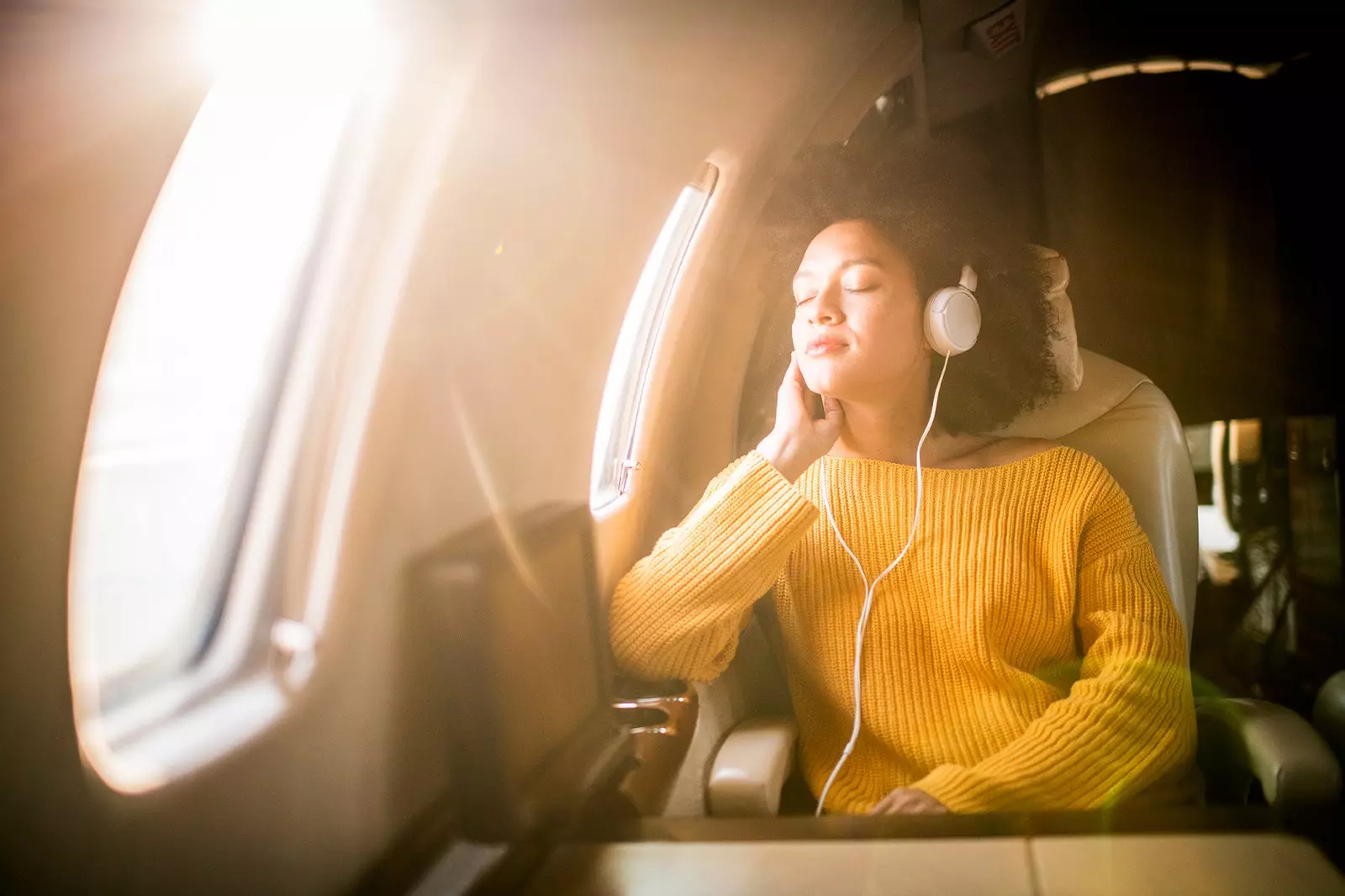There was a time, not even five years ago, when we were all still expected to pay for Wi-Fi , especially in hotels and airports. You could have 20 minutes of free service to start, or you were required to enter your private details through Facebook to gain access. Free Wi-Fi was a bonus, a little luxury.
It seems that those times are behind us everywhere... except on airplanes. Flying is now one of the few occasions in which we are forced to disconnect or pay an exorbitant price for an often terrible signal. Why at this point (forgive the redundancy) the planes do not have free Wi-Fi?
The first explanation that comes to mind is simple: because it is a good source of income for travelers to pay for the service. And it is true, but it is only one of several aspects that explain why this advance has not yet spread throughout the industry. JetBlue started offering free Wi-Fi on its flights in 2017, but since then no major US airlines have followed suit. Turns out it's not for lack of interest: Many airlines are in the process of making free high-speed connectivity available to all passengers on all their planes.

Not being able to distract ourselves with our mobiles, travelers end up contemplating views like these.
THERE ARE ALREADY UNDERWAY PROJECTS TO IMPLEMENT FREE WI-FI ON AIRPLANES
Delta CEO Ed Bastian promised in 2018 that free Wi-Fi would be coming to passengers soon, a promise he reaffirmed in a 2019 interview and at CES in January 2020. The pandemic may have caused them to shift priorities, like is logic.
"We've come a long way since CES 2020, and while free Wi-Fi won't happen overnight, we remain committed to giving customers the best possible experience," said Ekrem Dimbiloglu, General Manager of Experience of Delta's brand, in a statement on the company's website, which finally promised that "most" of its domestic flights in the United States would offer free Wi-Fi by the end of 2022.
The rest of the industry is watching what Delta does, says Gary Leff, an aviation expert who has followed the race for free Wi-Fi on planes and reported on it on his View from the Wing website: "Unless Delta takes too long and United retrofits its planes sooner. But there are not even five years left for it to be a reality ", he says. "It will come sooner than later."
IF THE TECHNOLOGY EXISTS, WHY DON'T AIRPLANES HAVE FREE QUALITY WI-FI?
Why haven't the airlines implemented this change? Simply because it is not that easy: the process requires a huge investment of time and money for these companies to update their entire fleet and be able to offer customers a connection of the same quality that they enjoy on land.
"Equipping a single plane with high-speed Internet can already cost millions of dollars "says Ryan Ewing, founder of the Airline Geeks blog. "It's not cheap at all, you have to be clear about that. It's a matter of installing hardware, rather than pressing a button and deciding 'this is free now'".

Free Wi-Fi on planes will be a reality very soon, according to experts.
"Some planes may have Internet connection installed from the factory, so service could be offered from minute one," says a spokesman for Viasat, the satellite Internet company that is offered on most major US airlines. "Another option the airline has is to take a plane out of service for a few days to install the connectivity system on board."
To offer Wi-Fi, airplanes need a satellite dish, a network modem and several wireless access points inside , according to Jeff Sare, vice president of in-flight connectivity solutions at Panasonic Avionics Corporation. And all that hardware requires maintenance, not just installation.
HOW DOES AN INTERNET CONNECTION WORK OVER THE AIR?
How the Internet works remains a mysterious concept, even (or especially) to customers who have grown up using it, but Sare can put the question to rest: "Although it takes a great deal of technology and engineering to get it all to work properly, in essence, the plane works as a giant mobile hotspot on the go ", he says.
“Inside the plane,” he explains, “the laptop or tablet connects to the wireless access point, or hotspot, via Wi-Fi, which in turn uses the modem and antenna on top of the plane to send and receive data. radio signals to and from a satellite".

It is possible that in the future we will miss the moment of disconnection that flying on a plane without free Wi-Fi meant.
Apart from the considerable effort involved in allocating all that time and money, airlines are under pressure to ensure that the connection they offer is perfect, uninterrupted and present in absolutely all the aircraft in the fleet, in order to avoid the anger of the most demanding customers.
If anything, forcing people to pay for Wi-Fi has the function of disincentivizing most travelers, allowing paying customers to get better connectivity. On many planes, "the more people trying to share bandwidth, the less there is for each person," says Leff. "When there's not a lot of bandwidth that's when they charge a lot because [they're] trying to ration it." It's a bit ironic that the worse the service, the more they charge, but it also makes sense.
Still, retrofitting and retrofitting is underway, so when travelers take to the skies in larger numbers again, perhaps in 2022, they may finally find their Wi-Fi free. Of course, with that change in the industry, there's no more disconnecting from work email for a few hours: maybe we should savor the last few moments of peace before it's over.
This article was published in the January 2022 International Edition of Condé Nast Traveler.
